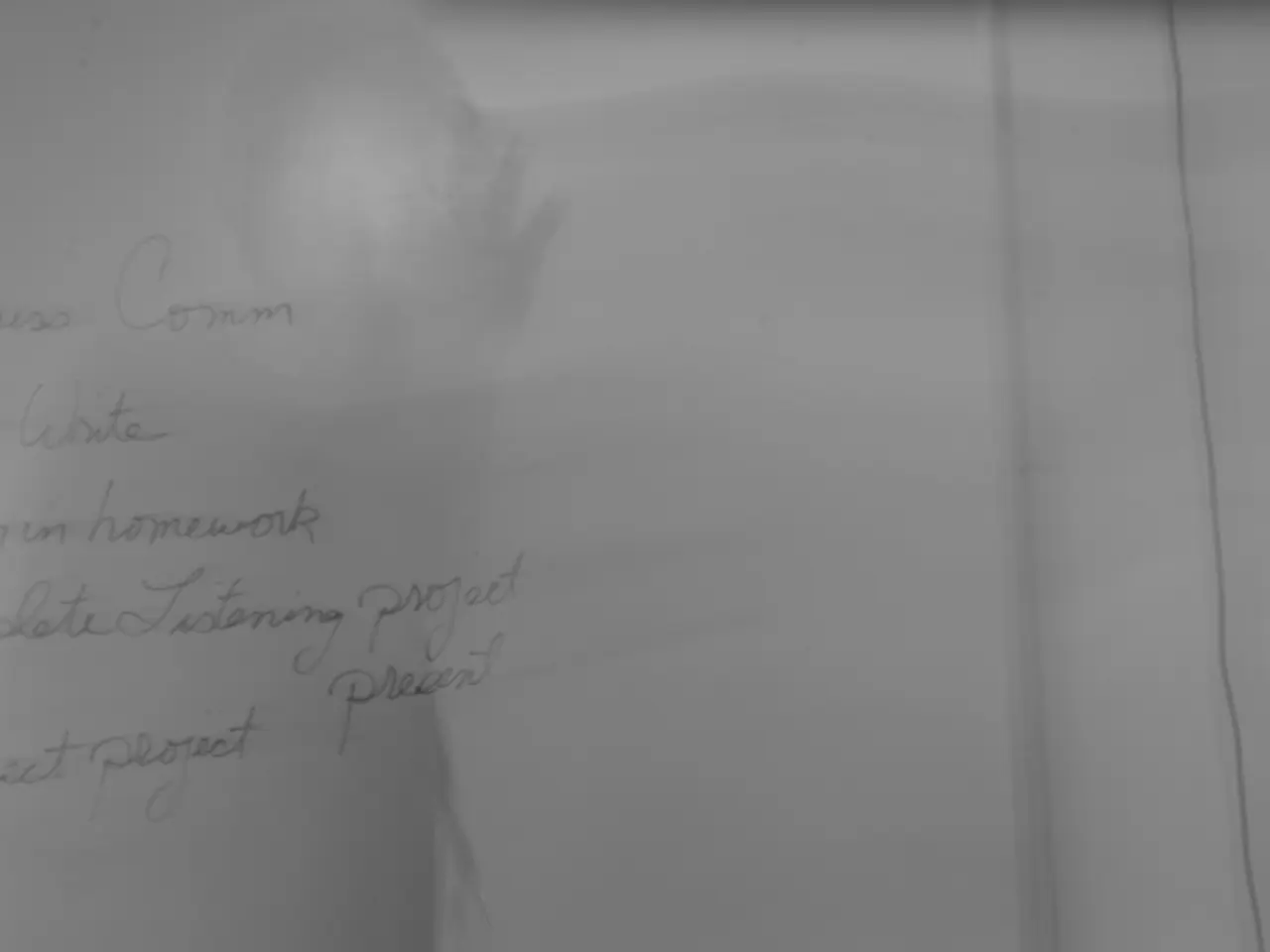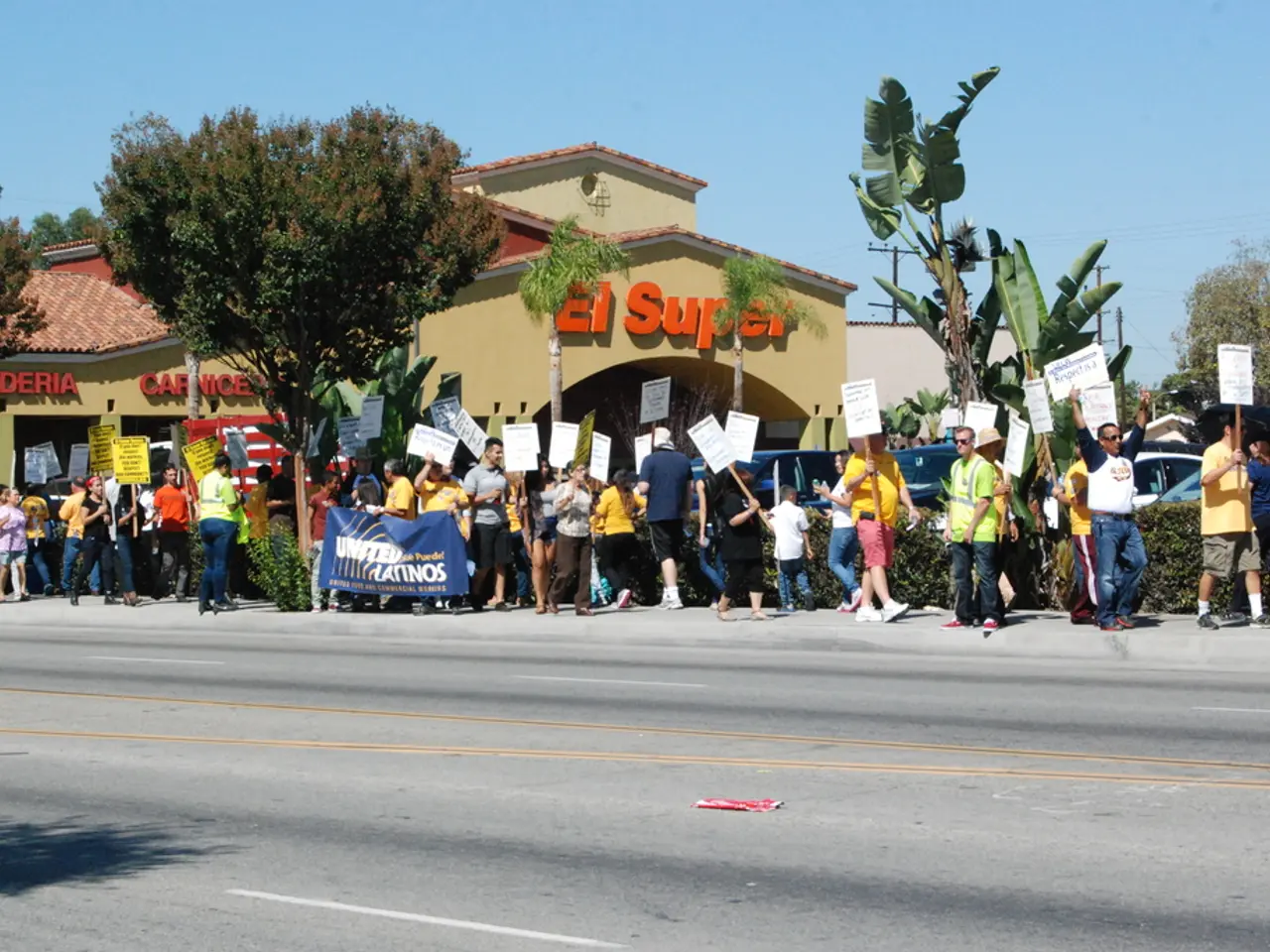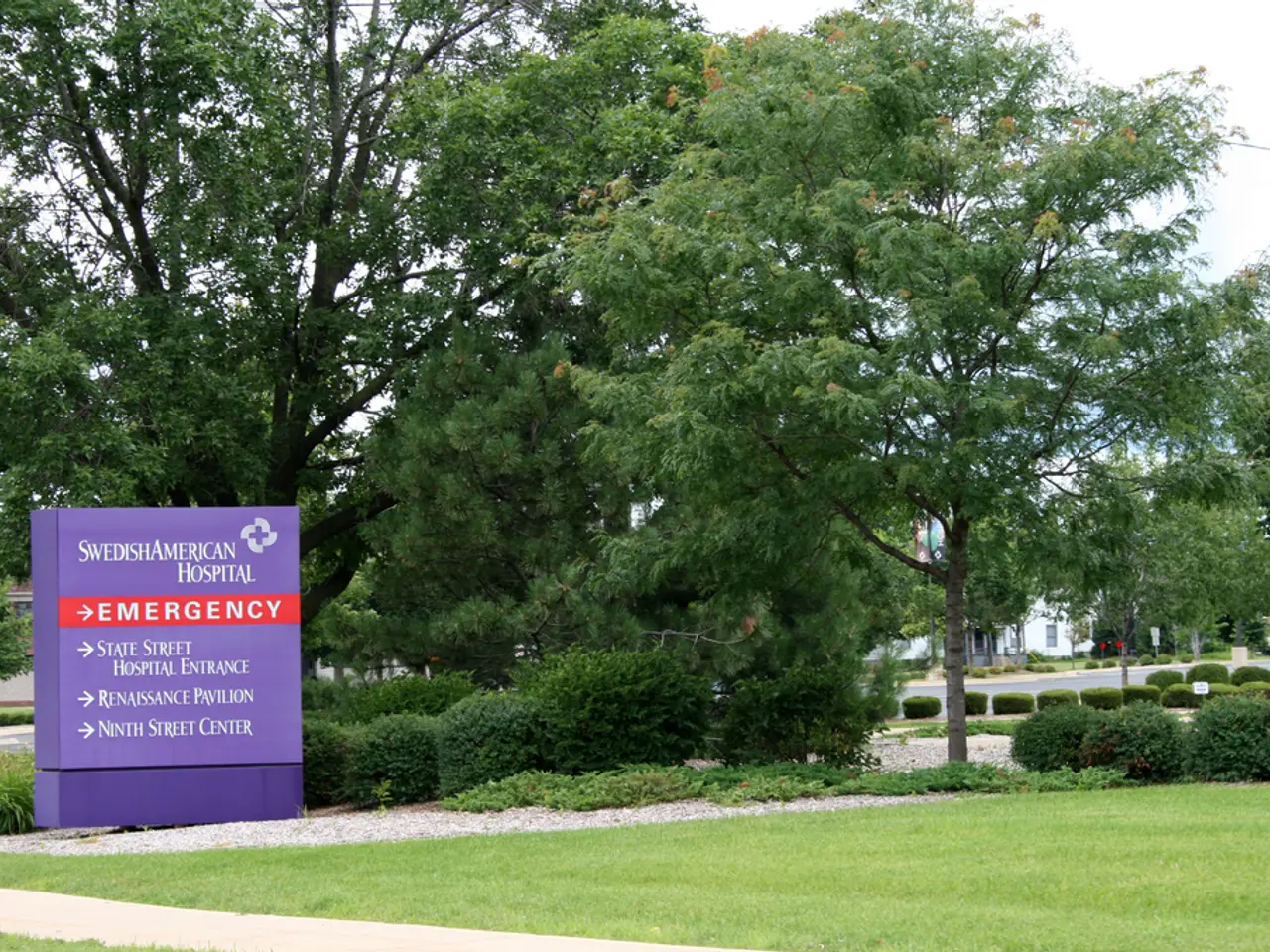Governor Hochul considers dissolving the Independent Redistricting Commission
In the political landscape of the United States, states are gearing up for mid-decade redistricting, a process typically conducted after every decennial census. New York is no exception, with Democratic lawmakers introducing a proposed constitutional amendment (S8467) that could allow for mid-decade redistricting of congressional and state legislative districts.
This amendment, if passed, would enable the New York State Legislature to redraw districts off-cycle under specific conditions. However, it would retain prohibitions against partisan map drawing, ensuring districts uphold fairness principles like racial equity and preserving communities of interest.
Currently, the proposal is in the Senate Rules Committee, awaiting further deliberation. If approved, it would bypass the current process that relies on the Independent Redistricting Commission (IRC) for mid-decade redistricting. However, the IRC would still be responsible for drawing maps during the normal redistricting cycle.
The amendment is a response to the political maneuverings in other states, particularly Texas, where Governor Greg Abbott has threatened to redraw the state's congressional lines to benefit Republicans. In contrast, Governor Kathy Hochul of New York has stated that fairness is not a top priority due to the political nature of the process.
The amendment's success is far from guaranteed. New York's current constitution bars mid-decade redistricting except when a court invalidates a legislative plan. Given these provisions, the chances of this amendment being approved before the 2026 election are very low. Constitutional amendments require voter approval and legislative supermajorities, making the odds of success beneath 1% for near-term implementation.
However, the initiative is primarily forward-looking, with New York eyeing opportunities in states like California, Illinois, Maryland, and Oregon, where there is potential for drawing new Democrat-friendly maps.
Meanwhile, the protracted legal process during New York's last redistricting saw primaries not held until August 2022, resulting in Republicans picking up several seats. As such, the potential for mid-decade redistricting is seen as a strategic move to counteract potential losses.
Good government groups, which support a nonpartisan redistricting process, may be upset by the governor's proposed actions. The governor has argued that using the power to draw the lines to the fullest is a responsibility of the elected leaders.
In summary, New York is actively considering an amendment to allow mid-decade redistricting to respond to other states’ actions, but it remains constrained by constitutional safeguards and low near-term prospects of passage.
- The policy-and-legislation being proposed by Democratic lawmakers in New York involves a constitutional amendment (S8467) that, if passed, will enable the state government to redraw congressional and state legislative districts mid-decade, bypassing the Independent Redistricting Commission (IRC) in specific conditions.
- The state government's politics surrounding this policy-and-legislation are complex; while good government groups advocate for a nonpartisan redistricting process, the governor argues that the power to draw the lines is a responsibility of the elected leaders, aiming to counteract potential losses in the general-news context of mid-decade redistricting.






